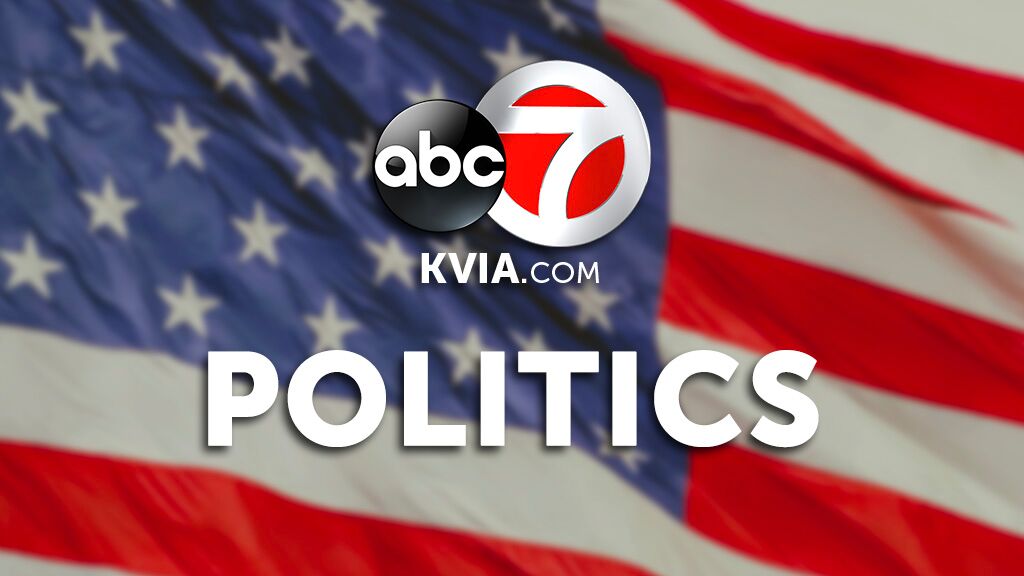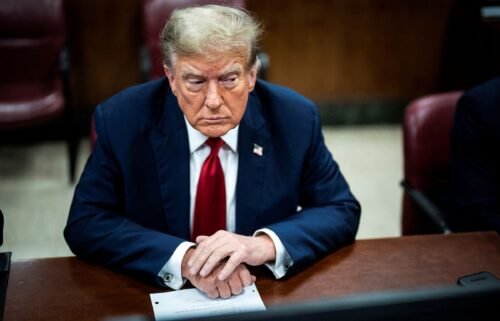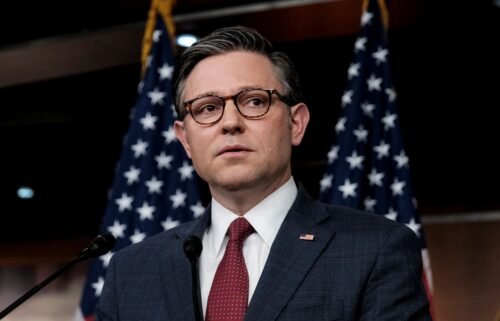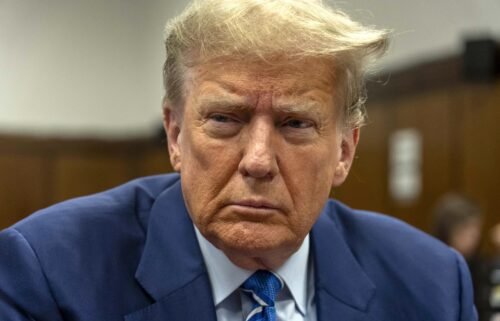What critics are missing about Prince’s raw, rule-breaking memoir

“The Beautiful Ones” is exactly what I would expect a Prince memoir to be: complicated, nuanced, unconventional and written in a language that certain people may not understand — unless, of course, they are willing to do the work.
The book, co-written by Dan Piepenbring, an editor at The Paris Review, has drawn mixed reviews at best since its release earlier this week. The artist’s long-anticipated memoir was derailed by Prince’s untimely death in April 2016, shortly after the book was announced. To complete the project, Piepenbring drew from 30 handwritten pages from Prince, a handful of meetings between them (including his travels with Prince on tour in Australia) and notes from their late-night phone calls. Piepenbring says he and Prince had spoken in depth about the vision for the book, and by piecing together all these materials from his personal archive, Piepenbring finished “The Beautiful Ones.”
A number of critics have been quick to express their disappointment. They have argued that “The Beautiful Ones” isn’t a memoir. They have said the book fails to live up to what Entertainment Weekly described as its “lofty ambitions.”
However, the mainstream outlets publishing these reviews also represent the “white critical establishment” that Prince repeatedly slams in “The Beautiful Ones.” It’s ironic, and should not be lost on any Prince fan, that these are the very people he believed “demonstrated a complete lack of awareness” of who he was artistically.
This is not to say that there aren’t gifted critics and longtime writers for these publications who have written and can and should still write about Prince. Being white or writing for a traditional or established outlet doesn’t preclude anyone from saying interesting things about His Royal Badness. Piepenbring was Prince’s writing partner on the book and he is a young white man who did a masterful job at piecing together the icon’s life.
But the book’s reception is fundamentally related to a crucial part of the memoir, where the “Purple Rain” songwriter apparently thought Piepenbring wasn’t the best writer for his story because he didn’t experience racism. Piepenbring wrote, “He thought I needed to know more about racism — to have felt it. And going back to diction, he talked about hip-hop and the way it transformed words. It takes white language — ‘your language’ — and makes it something white people can’t understand.”
In the book, Piepenbring appeared to realize in that moment that “The Beautiful Ones” would not be sanitized, in his words, for “white people” to understand.
This memoir is raw, breaks the rules and centers around the ownership of blackness, which was the longest public fight of Prince’s career. White artists also face the limitations of money-hungry labels. But as Prince explained and lived, white artists largely aren’t constrained by R&B charts.
Piepenbring wrote that Prince was frustrated at how labels limited black artists to their so-called base, “Billboard had developed totally unnecessary charts to measure and quantify this division, and it continued to this day, even if the ‘black charts’ now masqueraded under euphemisms like ‘R&B/Hip-Hop.'” Up until 1990, the R&B singles chart was called “Black Singles.” Black artists, especially when Prince was on the rise, were only considered “great” by the mainstream when they were juxtaposed with or compared to white artists.
Prince lamented being compared to Billy Joel or Bruce Springsteen. According to Piepenbring, Prince said, “Why aren’t they comparing me to Sly Stone” or Carlos Santana?
The book works consciously to debunk the trite one-liners, such as that Prince “transcended” race. Yes, his music was universal in its appeal, but the Purple One, unlike, say, the current incarnation of Kanye West, was not obsessed with the white gaze, especially when there were thieves in the temple of his career: he was a black artist who couldn’t work under his birth name because of a legal battle with his record label, Warner Bros.
Perhaps the most widely-quoted line of the book thus far is: “Can we write a book that solves racism?” However, critics are forgetting the second half of this line — where he added or “at least try.” As this book makes clear, Prince was not living in a fantasy land about America and race.
Yet, throughout the book, Prince is never in a fury, indicting white people. It is racism he is indicting. This book is political, unapologetic–but still rooted in love.
“The Beautiful Ones” also beautifully renders the artist in relatably human terms; it goes into his upbringing as a young boy in Minnesota, struggling with his parents’ divorce, grappling with racism and the first awakenings of his sexuality. Many of the stories, the ones written by him, are an illuminating backdrop for his music. Throughout, the memoir flouts the rules when needed and is conventional when necessary.
In her review for the Washington Post, Allison Stewart wrote that the memoir “does not offer a clear-eyed view of who Prince really was — he would have hated that.”
I disagree.
Prince, known for controversy, was never going to give the public “a clear-eyed view,” even if he were alive to see the book completed. On the contrary, the memoir might have been even more mysterious if he were alive today. Prince’s art is work and sweat. It’s not a one-time listen or a one-time read. His creativity requires the third eye — and rewards those of us who keep coming back to it.




